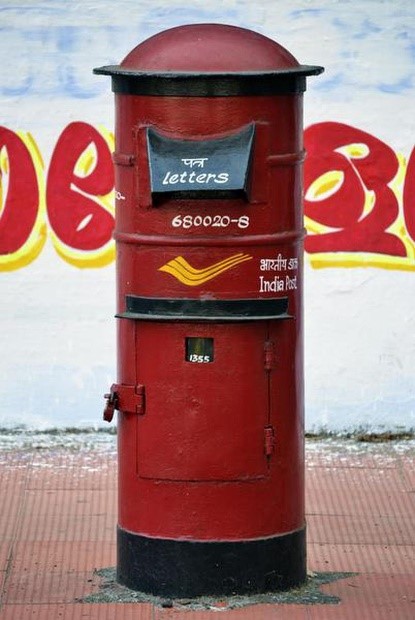Published on: August 30, 2022

PIN code
PIN code

Why in news?
on August 15, 1972, that the Postal Index Number (PIN) was introduced in India. Hence the pin code of India turns 50 this august
Why was it introduced?
- The idea was to give a unique identity to all physical addresses of the country in terms of the delivery jurisdiction of the post offices. This code was expected to help in bypassing the challenge of inaccurate addressing and ensure accurate and fast delivery by post offices.
- The PIN code was meant to ease the process of mail sorting and delivery in a country where different places, often, have the same or similar names, and letters are written in a wide variety of languages.
- Introduction of sorting machines in the West in the 1960s also necessitated the introduction of codes since the machines could not read the addressee’s post office easily if described in writing.
About PIN code:
- The postal code, known differently in different countries viz. postcode, zip code, etc, is an alpha-numeric or numeric number that is included in the postal address for easy identification of the sorting-district and the addressee’s delivery post office.
- The codes were introduced nationwide in Germany in the year 1944, Singapore (1950), Argentina (1958), the U.S. (1963), Switzerland (1964), India (1972), and the U.K. (1974).
- The Universal Postal Union says that 160 countries of the world have so far introduced postal codes.
- The post code revolutionised the system of manual postal sorting as the sorters are not required to keep in memory the locations of thousands of post offices.
How does it work?
- The PIN code helps in taking a piece of mail to the addressee’s post office.
- The delivery jurisdiction of the post office is normally divided into beats and there is a postman assigned to each beat. Beat sorting at the post office is done manually in India.
Who was the person behind the initiative?
- The person behind the initiative was Shriram Bhikaji Velankar, additional secretary in the Union Ministry of Communications and a senior member of the Posts and Telegraphs Board.
Is the PIN code still relevant?
- though the code was originally designed to help postal operations, today it is used by couriers, e-commerce players and various other service providers as a means of locational identification of a person.
What should be done to improve the postal code system?
- Integrating the beat code with the six-digit PIN code: This can facilitate the PIN code not only identifying the addressee’s post office but also the concerned beat.
- Improve connectivity with postman: The post office makes the mobile number of the delivery person of the beat available. This can facilitate citizens to leave instructions regarding their convenience in taking delivery.
- The utilisation of machines: The letter sorting machines, flat sorting machines (handling packets) and parcel sorting machines have a tremendous capacity for sorting in a day. This has to be utilised effectively.
-
Centralise the parcel delivery centres and mechanise the beats: The logistic system associated with the e-commerce parcels is intrinsically different from that of handling personal mails. The postman does not need a vehicle for delivery of fewer e-commerce parcels. This should be done with centralised parcel delivery centres.

